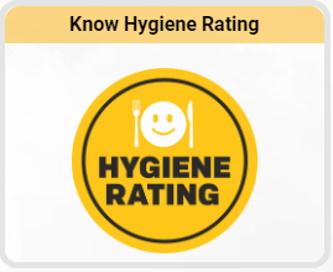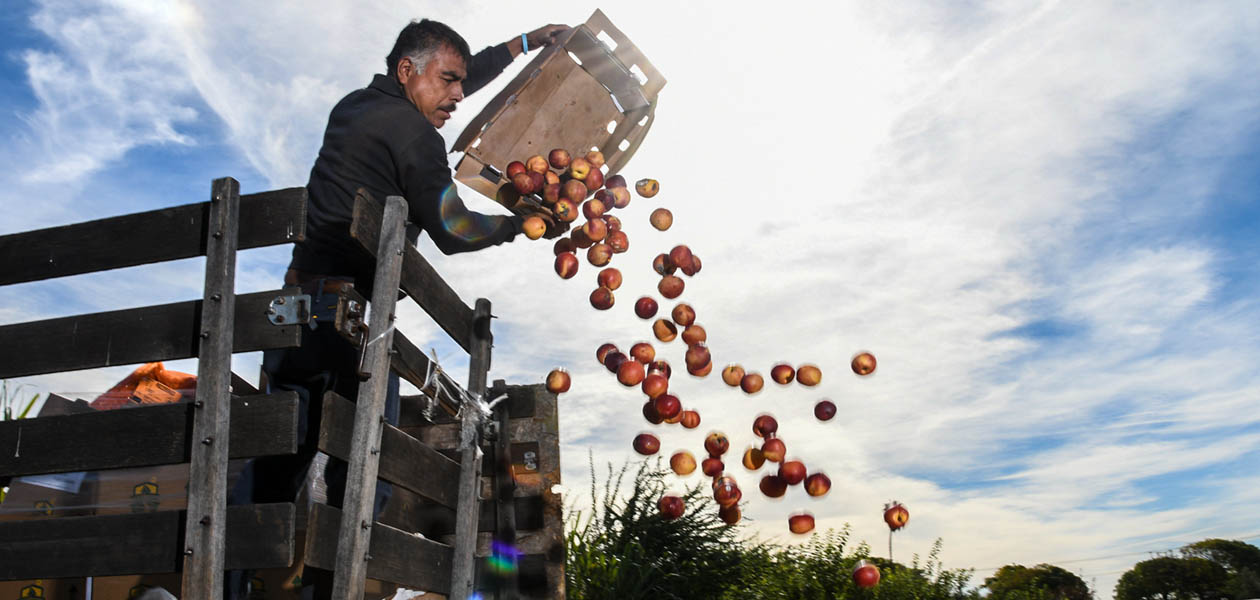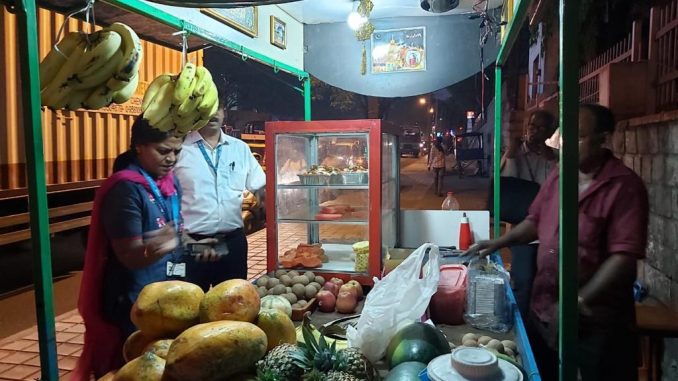Currently Empty: ₹0.00
Making informed choices before eating outside: FSSAI Hygiene Rating for the Restaurants
When you eat outside it is really important that what you eat is safely and hygienically prepared. Clearly, you cannot go around and inspect the kitchen of every restaurant you visit to check for their hygiene levels. Not to worry, there is a really easy way to find out. Check for the FSSAI Hygiene Rating for the restaurant. If they don’t have one then ask the manager to get one.
In our earlier article, “Eating out/Ordering Food? You might want to double check on its safety and hygiene”, we had shared the findings from our inspections that we conducted at over 100 restaurants, and food businesses were clearly found lacking. The FSSAI Hygiene Rating captures all of this data and gives you a single rating which factors the various requirements to ensure safe and hygienic food. This makes it really easy for you to make an assessment.
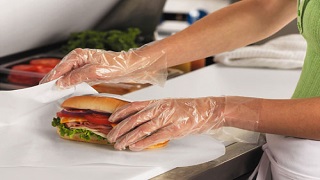
What is FSSAI Hygiene rating?
Food safety and Standards Authority of India (FSSAI) introduced a voluntary scheme of FSSAI Hygiene Rating under the Eat Right India with an intention of ensuring everyone would make an informed choice while eating outside and encourage FBO’s to improve their safe and hygiene practices while making and delivering food.
What does it mean to have an FSSAI hygiene rating?
FSSAI Hygiene Rating Scheme (FHRS) is a universal system recognized all over India and provides a single benchmark to rate all fresh food businesses. Based on the level of compliance against the requirements, the FBOs get a 1 to 5 start rating which may then be displayed at their premises to be able to communicate to the consumers how much they care. This can be obtained by all kind of food outlets including Restaurants, Quick Service Restaurants, Hotels, Catering Services, Cafeteria, Dabhas, Bakeries, Sweet Shops, Meat Retailers etc,
What does a good FSSAI Hygiene Rating score mean?
It means that the FBO follows the basic hygiene and sanitary standards according to Good Hygiene Practices (GHP) and Good Manufacturing Practices (GMP) as per schedule 4 of Food Safety and Standards Regulations, 2011.
They have at least 1 certified Food Safety Supervisor (FSS) for every 25 food handlers however as per the FSSAI’s FoSTaC program.
The finished products from those respective food outlets are tested every year by NABL accredited labs notified by FSSAI. This step is only applicable to the licensed FBO’s.
They educate their staff and customers through ‘Food Safety Display Board’ within their premises advising on how to safely handle food.
The outlet has been audited based on the FSSAI checklist by a FSSAI partnered audit agency. The rating is generated based on its compliance and is certified.
The food outlets may then display their FSSAI license and certificates prominently on their premises thus, helping the customers recognize that it is a safe place to eat .
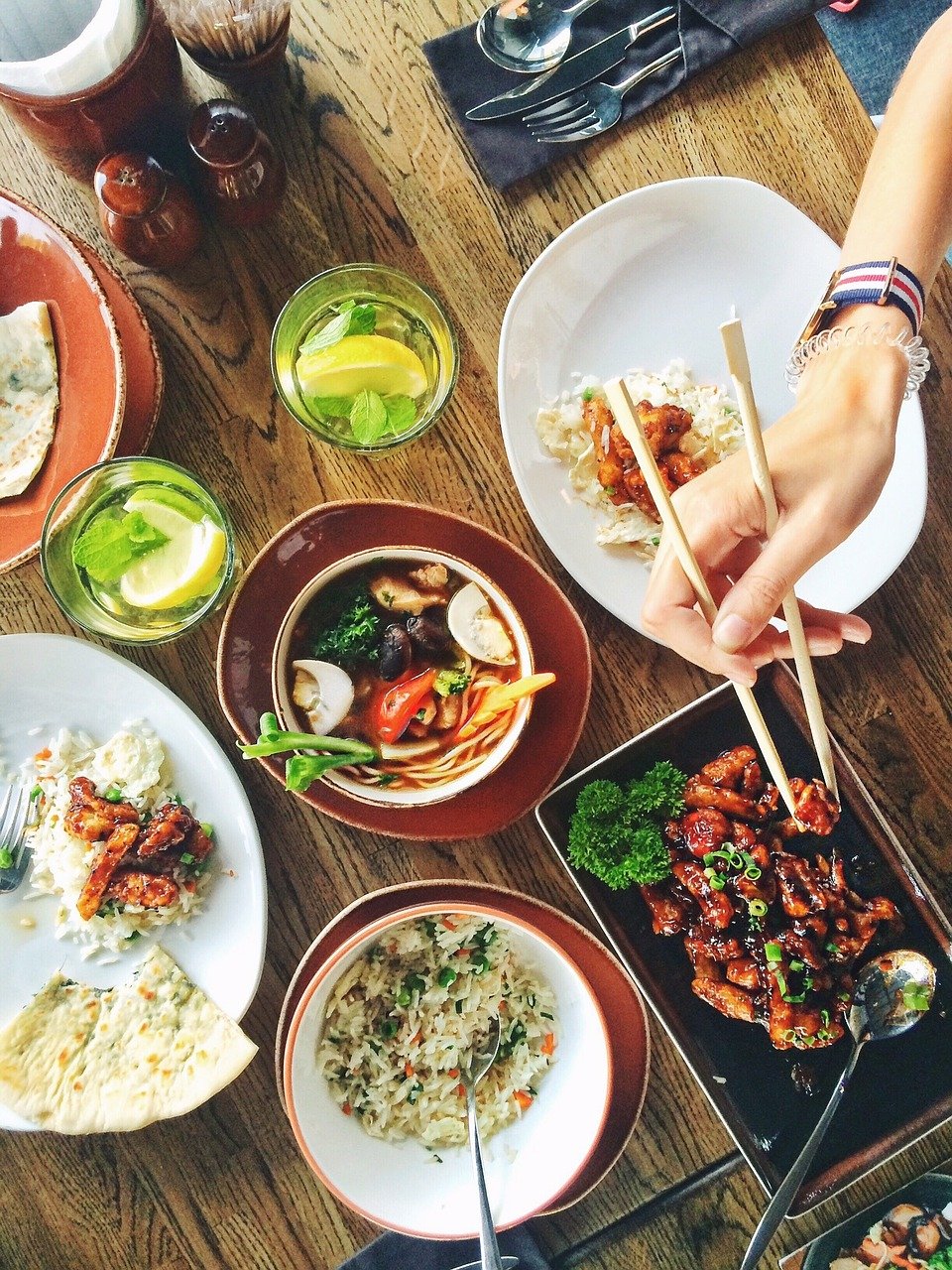
What it means for the Consumers?
Any food outlet with a rating above 3 smilies/ stars, means it is a ‘Good Rating’. A consumer can check for the hygiene rating to their regular food outlet before their next visit.
According to the Eat Right India Portal, so far there are just 1,860 FBOs in total enrolled for FSSAI Hygiene Rating. That is minuscule compared to number of eateries we have in the country. Bangalore itself would have over 25,000 food outlets big and small. So there is a long way to go. This cannot happen unless you understand the importance of having this rating and tell the food outlet that it matters. Making this mandatory is one option, like it is done in other countries but voluntary compliances have always proven to be more effective. Food outlets that have been hygiene audited and those that are already promising for safety and hygienic food deliverables, are a step closer to set themselves as role models for many other food outlets to follow.
In a tropical country like India, fresh food is highly prone to get contaminated if not handled properly and scientifically. So any slack on this front is really a public health issue, which costs the country dearly. Lack of awareness in the FBOs and consumers on basic food safety, hygiene and sanitary practices leads to consumption of unsafe food which can harm you. So next time you are eating out ask your self “Am I eating safe food, how do I know?”

Author: Swaroopa Narasimhaiah heads the projects at Food Safety Works. She is well conversant with the food and restaurant audits and spends a lot of time sieving through the data to get interesting insights.

